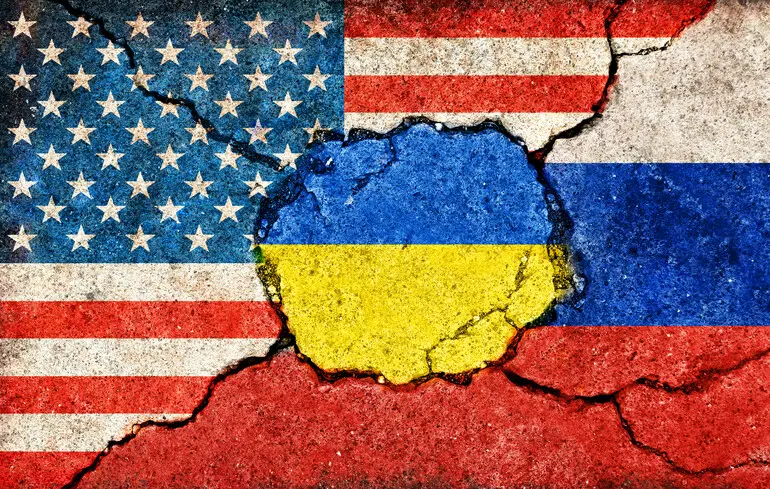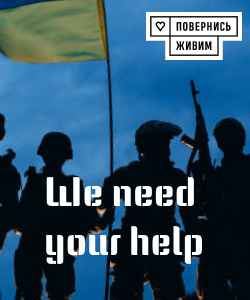Analysis of the New Framework Agreement on Ceasefire: Threats and Opportunities for Ukraine

Recent days have seen the emergence of a controversial document that aims to serve as a foundation for a ceasefire on Ukrainian territory.
However, this framework agreement raises numerous questions and concerns due to its vague formulations and potentially hazardous provisions that could negatively impact Ukraine’s security and its path toward peace.
The document, prepared under the mediation of Islamic states with participation from Ukraine, Russia, and the United States, contains only two clear provisions: the cessation of hostilities and the creation of contact groups to develop mechanisms for supporting a durable truce and peace negotiations.
All other preparatory clauses remain ambiguous and are deferred to further diplomatic resolution, with the US playing a leading role in these efforts.Specifically, the United States intends to support political and diplomatic resolution of territorial and other disputes between Ukraine and Russia, monitor Moscow’s adherence to international humanitarian law, and facilitate reconstruction programs and sanctions removal — with the possibility of rapid re-imposition if agreements are violated.
While the document mentions a ceasefire on land, sea, and air, as well as commitments to repatriate all civilians and prisoners of war, experts highlight potential risks: Russia could interpret territorial clauses broadly, and the agreement does not address compensation for damages or sanctions relief, creating loopholes.International journalist Volodymyr Kim emphasizes that this agreement is more of an initial step rather than a final binding treaty, and its implementation heavily depends on diplomatic and political negotiations.
He warns that such accords might be used as tools to limit Ukraine’s sovereignty, risking territorial integrity and independence in the long run.
The main positive aspect is the possibility of maintaining Ukraine’s non-nuclear status and securing guarantees of safety provided by the US and European allies.
All these factors should be carefully considered in further diplomatic efforts to prevent this document from becoming an instrument for Russian interests at Ukraine’s expense.

